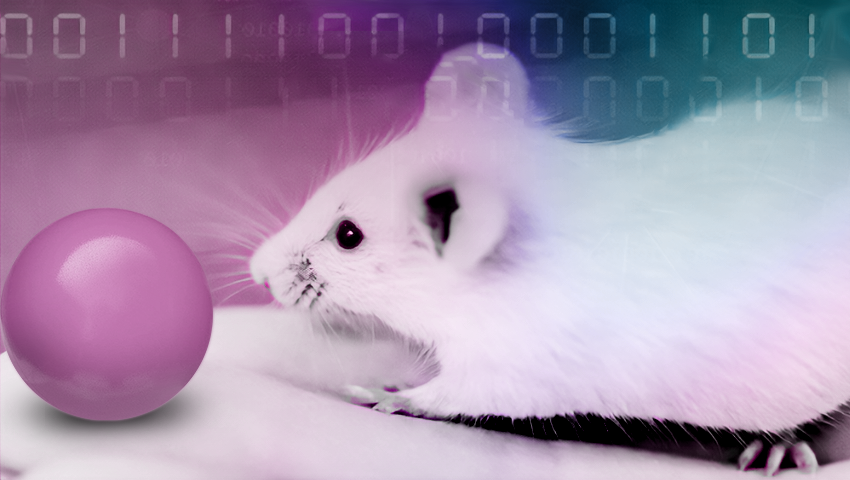
Curious Replay: unveiling the power of curiosity in advancing AI
An interesting scientific experiment was conducted by researchers Isaac Kauvar and Chris Doyle, when they set out to determine who would excel in a head-to-head competition: the most modern AI agent or a mouse. Their groundbreaking experiment, conducted at Stanford's Wu Tsai Neurosciences Institute, aimed to draw inspiration from the natural skills of animals to enhance AI systems' performance.
The researchers devised a simple task, driven by their interest in animal exploration and adaptation capabilities. They placed a mouse in an empty box and a simulated AI agent in a virtual 3D arena, both featuring a red ball. The objective was to observe which subject would more swiftly explore the new object.
To their surprise, the mouse promptly approached and interacted with the red ball, while the AI agent seemed oblivious to its presence. This unexpected outcome led to a profound realization: even with the most advanced algorithm, there were still gaps in AI performance.
This revelation ignited curiosity in the scholars. Could they harness seemingly simple animal behaviors to bolster AI systems? Determined to explore this potential, Kauvar, Doyle, along with graduate student Linqi Zhou and under the guidance of assistant professor Nick Haber, embarked on designing a new training method called "curious replay."
Curious replay aimed to prompt AI agents to self-reflect on novel and intriguing encounters, much like the mouse exhibited with the red ball. The addition of this method proved to be the missing piece, as it enabled the AI agent to swiftly engage with the red ball.
The significance of curiosity in our lives extends beyond intellectual pursuits. It plays a vital role in survival by helping us navigate dangerous situations. Understanding the importance of curiosity, labs like Haber's have incorporated a curiosity signal into AI agents, particularly model-based deep reinforcement learning agents. This signal encourages them to select actions that lead to more interesting outcomes rather than dismissing potential opportunities.
However, Kauvar, Doyle, and their team took curiosity a step further, employing it to foster the AI agent's understanding of its environment. Instead of solely guiding decision-making, the researchers wanted the AI agent to contemplate and self-reflect on intriguing experiences, driving its curiosity.
To achieve this, they adapted the common method of experience replay used in AI agent training. Experience replay involves storing memories of interactions and randomly replaying them to reinforce learning, much like the brain's hippocampus reactivates certain neurons during sleep to enhance memories. However, in a changing environment, replaying all experiences may not be efficient. Hence, the researchers proposed a novel approach, prioritizing the replay of the most interesting experiences, such as the encounter with the red ball.
Dubbed "curious replay," this method demonstrated immediate success, encouraging the AI agent to interact with the ball more swiftly and effectively.
The success of curious replay promises to shape the future of AI research. By facilitating agents' efficient exploration of new or changing environments, it opens avenues for more adaptive and flexible technologies, benefiting areas like household robotics and personalized learning tools.
This research aims to bridge the gap between AI and neuroscience, enhancing our understanding of animal behavior and underlying neural processes. You can read the full study about curious replay here.
